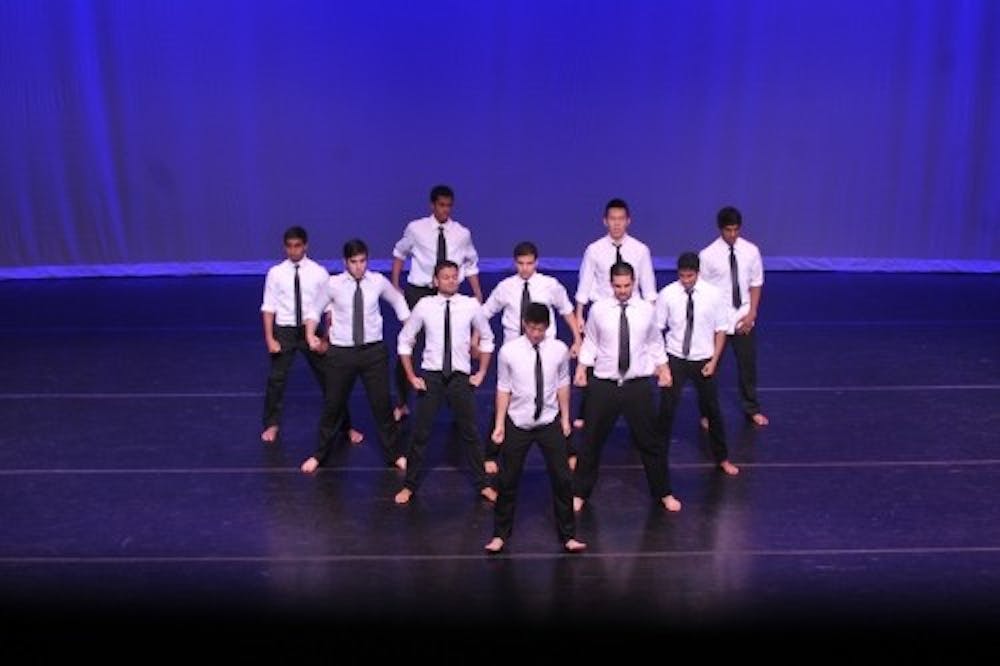
The Performing Arts Council has yet to establish a definite plan for being able to recognize new arts groups, even in light of the Student Activities Council’s probable moratorium lift later this month.
The proposed partial lift of the SAC moratorium, which is expected to be formally approved on Oct. 23, will not apply to any performing arts groups. PAC itself imposed a moratorium on new groups within PAC as of Sept. 10, citing a lack of available rehearsal and performance spaces for existing groups. Rising facilities costs, due in part to labor and technical fees, are also an obstacle to finding funding for new arts groups.
PAC declined to be interviewed for this article but released a statement saying that it “will recommend that [the moratorium] be lifted when it is determined that PAC will be able to support the needs of current groups as well as new groups.”
In the past, SAC has covered facilities, costumes and production costs for PAC groups separate from the operational budgets allocated to each group. Under that model, facilities costs are retroactively funded, so groups can effectively ignore some of their priciest expenditures when they budget for the year. The PAC groups do not receive the bills for their performance spaces directly so they are not aware of the cost, Platt Director Laurie McCall said. Platt is a common rehearsal space for PAC groups.
Groups are also assigned to performance spaces, which have varying price tags, by the PAC Executive Board and without input from SAC. SAC therefore cannot predict costs per group. A group assigned to perform at the Zellerbach Theater, for example, would end up with higher costs than a group performing in the Hall of Flags.
In order to help bridge the gap between SAC’s overall budget and PAC’s relatively high costs, PAC groups currently give SAC 20 percent of their ticket revenue. The other 80 percent goes towards publicity, programs, travel and miscellaneous fees.
There are currently no plans to increase the percentage of revenue directed back to SAC, according to SAC Chair Kanisha Parthasarathy.
McCall said SAC and PAC might also set more specific spending caps for costs aside from equipment and hourly space rates. Capping spending would ideally allow PAC groups to keep a higher percentage of ticket revenue, rather than giving it back to SAC. McCall sees spending caps as a possible route to a more sustainable funding model for arts groups.
The lack of available spaces — rather than strictly funding problems — is a main reason that PAC voted on a moratorium for itself, McCall said.
The number of PAC groups increased from 37 to 47 between the time McCall started at Platt in 2007 and the time the SAC moratorium was imposed, McCall said. The PAC constitution guarantees that all groups can perform a show at least once a semester. Because no new performance spaces have been added — and current spaces are at capacity — accepting new groups to PAC could force it to violate its constitution.
In an interview just after the SAC general body meeting in late September, Theater Arts Council chair and College senior Megan MacInnes and A Capella Council chair and College senior Swaroop Rao both said that PAC is working to transform existing spaces on campus into rehearsal spaces. Auditoriums in academic buildings are being considered.
SAC and PAC have met to discuss changes, but are still in the early stages of discussion.
The Daily Pennsylvanian is an independent, student-run newspaper. Please consider making a donation to support the coverage that shapes the University. Your generosity ensures a future of strong journalism at Penn.
DonatePlease note All comments are eligible for publication in The Daily Pennsylvanian.





